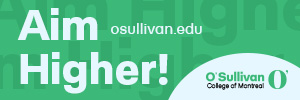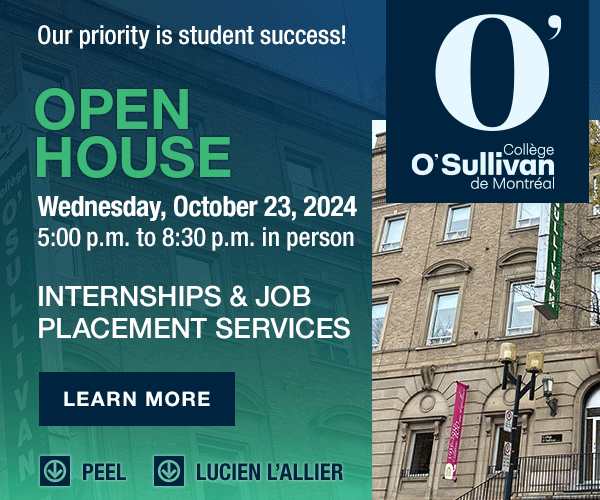Dr. Trevor Hanson's brain is frequently on the move.
Often, he thinks about how people move through their daily lives. New Brunswickers are, overall, highly reliant on cars to get around, especially in areas that have fewer public transportation options. As costs increase, people age and environmental sustainability becomes a growing concern, the province needs new, innovative ways of getting people where they need to be. Hanson (BScEng'02, MScEng'04, PhD'10), a civil engineer and University of New Brunswick (UNB) researcher, wants to bring researchers, communities and technical staff together to work on these solutions.

Hanson's drive to find new solutions for the province's transportation needs led him to put together a plan for his new Community Transportation Research Laboratory (CTRL).
"For many years, I have seen the challenges that many New Brunswickers face because so much of life is built around being able to own and drive a car, and it is only going to become more challenging, here and elsewhere in Canada," said Hanson.
While much of the current transportation research in Canada focuses on large metropolitan centres, according to Hanson, the vast number of smaller urban areas and rural regions across the country also experience transportation challenges, each with their own particular nuances.
"In reflecting on these issues, I realized that we could help make progress and lead change by creating a place to help communities in New Brunswick, including urban and rural areas as well as regions, to think big about their transportation future and to equip them with more resources to inform their decision-making.
"By building on my existing research work, expanding it in collaboration with other researchers and developing new partnerships with community, industry and government groups, I hope that the CTRL can be that leader for our province, and also for Canada more broadly."
The first of those partners is the Southeast Regional Service Commission (SERSC), which has recently embraced a new mandate to conduct regional transportation planning. The SERSC, which represents approximately one quarter of New Brunswick's population, including the Greater Moncton area, is launching initiatives to better understand and respond to the current and future transportation landscape; among those, it will invest up to $100,000 in support of research and outreach activities through the CTRL.
"We are excited to be working with the CTRL to increase transportation accessibility, affordability and availability in the entire southeast region," said Marc Landry, director of regional projects with the Southeast Regional Service Commission. "The intent is to support residents, businesses and regional visitors through a connected set of regional transportation providers working individually and collectively as a coordinated, user-facing network.
For Hanson, joining forces with a service delivery and planning organization like the SERSC was an opportunity to do better research and to make a bigger impact in the region and beyond. With many smaller and rural communities within its boundaries, the SERSC was an especially attractive opportunity to improve transportation for people living outside large urban centres.
"The SERSC's needs match our lab's goals perfectly. I see this partnership as way to help focus and expand the academic work we have been doing, helping communities who know their needs and challenges but need a hand to quantify them and giving our research a tangible impact," he said.
With this initial partnership secured through the end of next year, Hanson is hoping to grow the CTRL's activities to bring in more partners and projects, enabling them to maintain momentum and to more effectively address complex, long-term challenges. Among these topics are age-friendly, accessible on-demand and active transportation, post-secondary education mobility, tourism and seasonal employment transportation, connections between transportation systems and health travel demand.
While civil engineering might generally conjure images of designing bridges and calculating building loads, the discipline often extends far beyond the material and structural design of elements. Transportation engineering, Hanson's particular focus area, deals broadly with the planning, design, operation and maintenance of all forms of transportation. Accordingly, the topic brings in elements of urban planning and more social scientific concerns with why, when and how people need to get around their world.
For the CTRL, then, the first step in creating better transportation for New Brunswickers in the region will be to work with communities to identify their needs and priorities.
This summer, Hanson and four students two undergraduates and two graduate students will be working on projects with the SERSC, with another four graduate students expected to join the lab in the fall to work on these and other projects.
"We have already completed a study on volunteer driver program usage in the region, and are now working on an inventory of transportation services in the region," said Hanson. We are also exploring the use of cellphone data for transportation planning, looking at how we can support the development of accessible, on-demand transportation through a travel diary survey of persons with a mobility disability, and a novel operations research approach for route planning."
To ensure they can make the biggest, most positive impact on people's daily lives, Hanson knows building productive, ongoing conversations with communities and partners outside his lab is essential.
"There are many things that we work on where we hope to make the world a better place, and hope that can be implemented where they are most impactful," he said. "But we know the translation from research to practice isn't a straight line, and so we have integrated outreach and engagement activities with the communities that support the research into our plans as a feedback mechanism."
"Ultimately, we hope our research and activities helps get cutting edge transportation planning tools, practices and insights out to communities, while improving these tools and practices based on what communities need."













